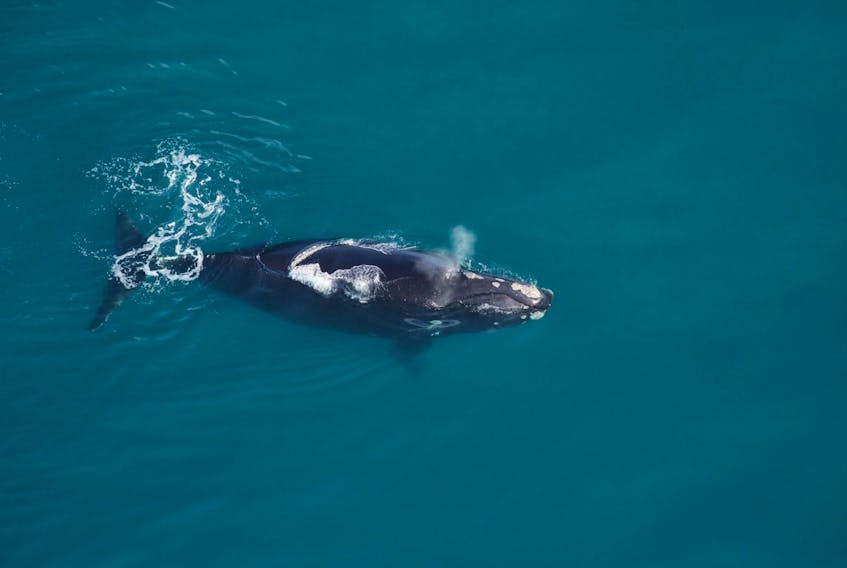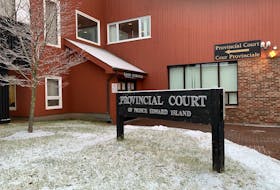Although encouraged by the annoncements Fisheries and Oceans Canada and Transport Canada made for the protection of North Atlantic right whales, Oceana Canada’s campaign director believes something was missing from the joint announcement.
Kim Elmslie said it lacked a requested Plan B, some sort of assurance that additional steps would be implemented if any of the approximately 400 whales still in existence are harmed. That number, according to Oceana Canada, includes fewer than 100 reproductive females.
Oceana Canada and other NGOs, Elmslie said, have been pressing Ottawa for such assurances.
“What happens if whales start to die, like they did last year? What else are you going to do; what more are you going to do? Have you thought about it?” It is those sort of questions Elmslie said she wished Fisheries Minister Bernadette Jordan and Transport Minister Marc Garneau would have addressed.
The organization suggests a voluntary speed reduction to 10 knots in the Cabot Strait does not go far enough, arguing it should have been a mandatory reduction as this is the route all right whales take when entering and exiting the Gulf of St. Lawrence.
“It is good to see the government is continuing to implement measures to protect North Atlantic right whales from the threats of ship strikes and entanglements in fishing gear that are adaptive based on the location of the whales as they return to Canadian waters. However, the success of these measures depends on surveillance. Fishing zone closures and speed requirements for vessels are triggered based on whale sightings, so we strongly urge the government to step up surveillance,” Oceana Canada said.
In a phone interview, Elmslie said she does like that fishing and shipping closures can be triggered by either acoustic detection or visual sighting but she’d like evidence that more attention will be given to such detection, and she would want assurances the federal government is transparent in reporting such information to all interested parties.
The Center for Biological Diversity welcomed the federal government’s new steps but said they don’t go nearly far enough. Kristen Monsell, oceans program litigation director and senior attorney with the center, said both the Canadian and US governments need to do more to ensure the survival of the species. She suggested Canada should be, “moving more quickly to embrace ropeless gear,” for the snow crab fishery.
Elmslie said it used to be the right whales would congregate each year in the Bay of Fundy and swim back out before the start of the winter fishing season.
But with climate change, “the goalposts are moving and the whales aren’t playing by the rules”.
Elmslie said she doesn’t keep a scorecard on how right whale protection measures in Canada compare to those implemented south of the border, but she feels the Canadian system can react quickly and adaptively if whale deaths occur. She just wants assurances it will.
“We can’t afford to lose a single whale. So if we lose one, whether it’s in Canada or the U.S. we’re damaging. We’re going to lose this population to extinction," she said
“In that sense we all need to do more.”









